By Brian Hibbs
Everything is changing for the “Direct Market” – the roughly 3000 independent stores around the world who sell periodical comics – in ways that it hasn’t changed in more than a quarter of a century. Virtually everything that we know or understand about how the market functions is going to be entirely upended by the beginning of Penguin Random House’s (PRH) distribution of Marvel comics, and I, for one, take that as direct blowback from DC’s attempt to rewrite their own distribution in the wake of COVID. There’s probably not going to be another more momentous period in my professional lifetime, and the way that these changes are going to impact many of those roughly three thousand stores needs to be “read into the record”. Now that I have divested myself of our second location (in the end I found a buyer, so San Francisco won’t have to lose another comic book store, yay!), I’m hopeful that this marks a return to monthly columns for Tilting at Windmills for the foreseeable future to chronicle and analyze the new gyrations that the market is going to have to stagger through.
I’d like to restate that presumed number of DM stores – this comes from an excel file that a Diamond employee accidentally sent out as a mass email in November 2019 of every account that was buying Marvel comics (and the exact amounts as an aggregate number) for multiple months, so it seems a pretty rock solid and unimpeachable snapshot. What we don’t know is how many stores more or less we have because of COVID, but I’ve been told unofficially that the number is “steady” – slightly more three thousand store fronts worldwide. Compare that to “independent bookstores” which around the same time was reported as around 2321. Even if those numbers swing around a bunch since COVID, it’s pretty clear to me that the Direct Market has at least a similar kind of footprint as indy book stores. I think that is critical to remember for people who wish for the end of the DM, or the end of Diamond, to parse and process.

The point of this observation is that the audience for serialization is large multiples of what the audience for the same material in book format is, in virtually any place where we have equal access. Certainly, over a multiple year period, collection can overtake serialization, but in terms of the math of amortizing the creative expenses of creating a work, a properly done serialization is going to outperform the book format material by a factor of somewhere between three and five times from the outset. That multiplicative impact of amortization-by-serialization that is the core health function of the Direct Market, and should not be discounted.
(I am so sure that someone is going to yell, “But Dav Pilkey! But Raina Telgemeier!” here, but let me try to make it clear to you that those ginormous print runs from the best-selling authors are not, in fact, the normal experience of “books” being sold – in point of fact, on the 2020 NPD BookScan charts, the average graphic novel sold just six hundred and sixty copies – and a tiny number of just fifty-one authors represent sixty-one percent of all bookstore reported sales)
(Further, I absolutely believe that if Pilkey and Telgemeier, et al were serialized in an efficient way, that the resulting comic would sell three to five times what the collected books do, though I can’t prove that notion.)
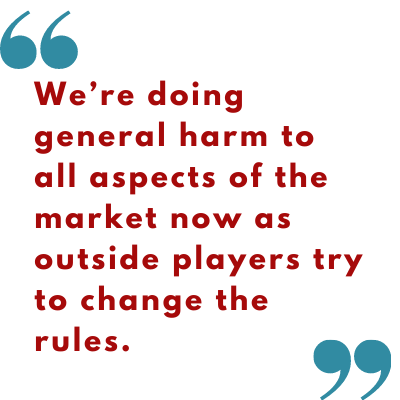
But we’re doing harm, we’re doing general harm to all aspects of the market now as outside players try to change the rules. Whether that is the notion that collection trumps serialization, or that introducing more distribution options will improve things, or that the involvement of venture capital and tech-driven solutions will be improvements, all of these things, I think, should be looked at with a highly suspicious and critical eye as they chip away at the fundamental underpinnings of the market. Comics is an eco-system, and like any eco-system it is critical to make sure parts work harmoniously with one another.
For example, many people try to point to the success of Pilkey and the growth of the middle readers market as a priori indications that book-format = best format. And my countering question will be, “right, but where does the pay come from?” In general, book-only material is paid for by an Advance on Royalties. And as a general rule in overall book publishing is that only a quarter of titles ever pay back their advance; that in most cases, that “advance” you get is all you’re ever going to get. Said advances are usually paid out in chunks. Once upon acceptance of the deal, once upon some physical production milestone (say, acceptance of thumbnails), and the final chunk of actual publication of the work – this can be over two or three years because of the way comics are made! And it appears fairly rare at this moment that, given the labor-intensive nature of making comics, that the overwhelming majority of cartoonists are able to make anything even remotely like a minimum wage while they’re in production of their comics. This survey from the SFWA appears to suggest that the average Advance for a Writer/Artist is roughly $32k. That doesn’t go very far when it is spread over two or three years.
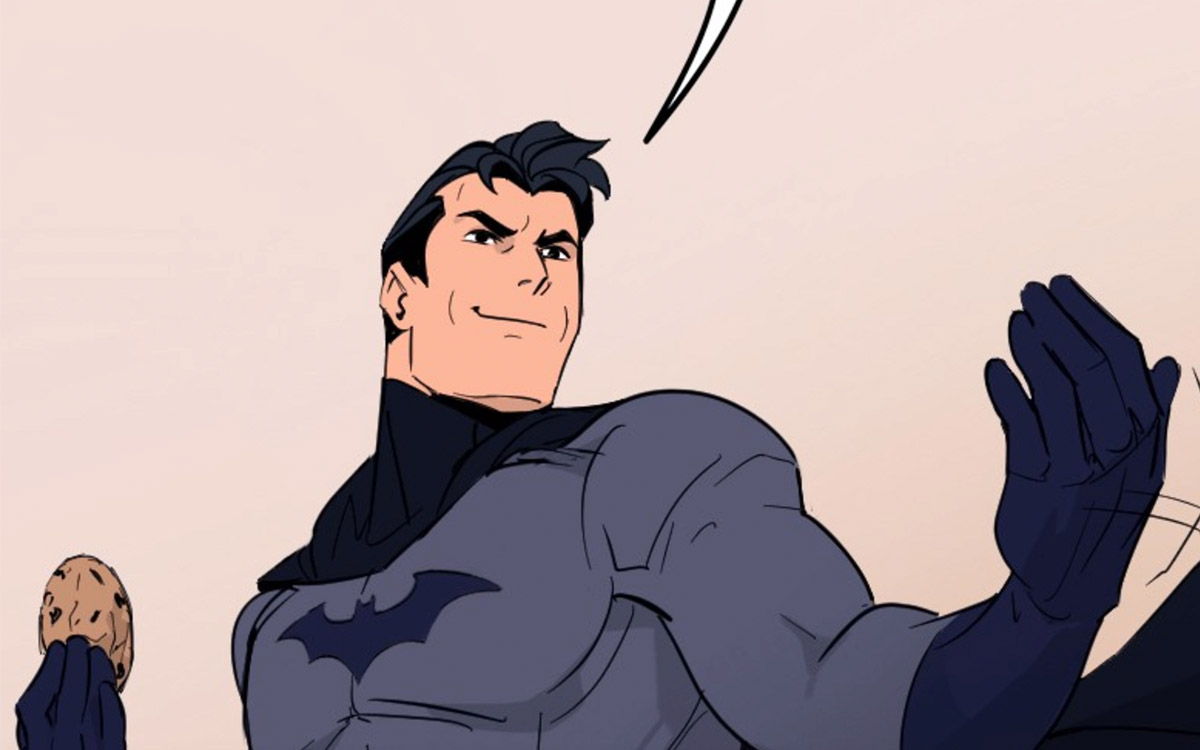
Digital comics appear to be even worse. The Webtoons model, unless I deeply misunderstand it (and it is entirely possible I do!), appears to be that you feed your work into the machine for absolutely no pay whatsoever, and only start earning your first pennies once you cross certain milestones. It’s all opaque, so it’s not especially possible to tell who earns what and when, but this reads like a pyramid scheme to me where the vast majority of participants get exactly nothing from their work, while a tiny number of folks at the top get rich.
The Direct Market, despite its many many flaws, has a clear path to amortizing your production costs and providing a steady income during production. It has a fairly clear and dedicated sales force that is genuinely approachable about expanding your audience. It has a direct and understandable pathway to just how you monetize that serialization, and it appears to me at least to reward craft and effort. While at the same time keeping your name and career visible through regular production that appears on the shelves of a dedicated network of seller’s shelves. And I think that every effort that doesn’t support that system right now, ultimately ends up taking away from it. Not, perhaps, in ways that are cataclysmic on an individual decision basis, but when you collectively add up each little chip away at the edifice, the whole thing starts to fall into doubt.
In the end, I think that if you went to, say, Science Fiction authors, or Poets, or Romance authors, or whichever subset you wanted to point to and said “Hey, how’d you’d like a loose network of roughly 3000 stores who are laser-like focused on what you produce, and have a functioning and profitable system designed around selling that fifty two weeks every year”, all of those folks would, after they picked up their fallen jaw, would go, “How do I sign up??!”, and yet we seem determined to piss it all away.

And if we’ve hollowed out the retail market in the meantime, where will they have to come back to?
So that’s the stage we’re on now: one where everyone is running away towards what appear to be pipe dreams, rather than shoring up the fundamental infrastructure that so many have invested their lives into building. And in the meantime, costs for the DM retailers are doing nothing but increasing.
It’s easy to say, “Ah Diamond deserves to die for being a monopoly”, but the net effect of having to order the same number of comics from three distinct distributors, none of which interface with one another, each of which that have radically different systems, rules, and structures, is that our costs go up, while our profits (which were not all that swell in the first place) get eaten away. My overall discount on Marvel will be dropping with the switch to PRH. My overall discount on DC will be dropping with the newest terms of sale. My costs of labor (to order through three different sources, to receive and manage products from three different sources) are going to skyrocket – and none of it, not one thing, does a thing to help me sell a single more comic book. And when Diamond goes out of business and PRH becomes the new monopoly in 2022, it’s going to be that much harder for small and independent comics and creators to have the slightest chance to crack the market.
This week I had to turn in my first FOC order (which fundamentally isn’t – “Final Order Cutoff” is a system in which we can freely open and close orders, as many times as we like, up until a final date…. PRH’s current system is weekly deadlines with no chances to ever revisit them any direction but upwards) and it was a mess for me, and most retailers who were trying to adjust. PRH will certainly get better, I am sure, but it surprised me that they did a worse job than DCBS did in inventing a new distro from nothingness than the largest book distro in the world did with six months lead time. In the meantime, those hundreds, if not thousands of retailer work hours that were wasted this week…. Well, it comes out of our collective pocket. I’ll have more on PRH next month, along with a look at the first receiving on new comics product.
Right at press time for my deadline, we received notification that IDW is also making the move to PRH. Within less than an hour on Facebook groups I saw at least four different (older) comics retailers saying out loud “Hm, maybe I should just retire now?” They weren’t being ironic. The system is leaving many of my class of trade far behind.
**************************
Brian Hibbs has owned and operated Comix Experience in San Francisco since 1989, was a founding member of the Board of Directors of ComicsPRO, has sat on the Board of the Comic Book Legal Defense Fund, and has been an Eisner Award judge. Feel free to e-mail him with any comments. You can purchase two collections of the first Tilting at Windmills (originally serialized in Comics Retailer magazine) published by IDW Publishing, as well as find an archive of pre-CBR installments right here. Brian is also available to consult for your publishing or retailing program.


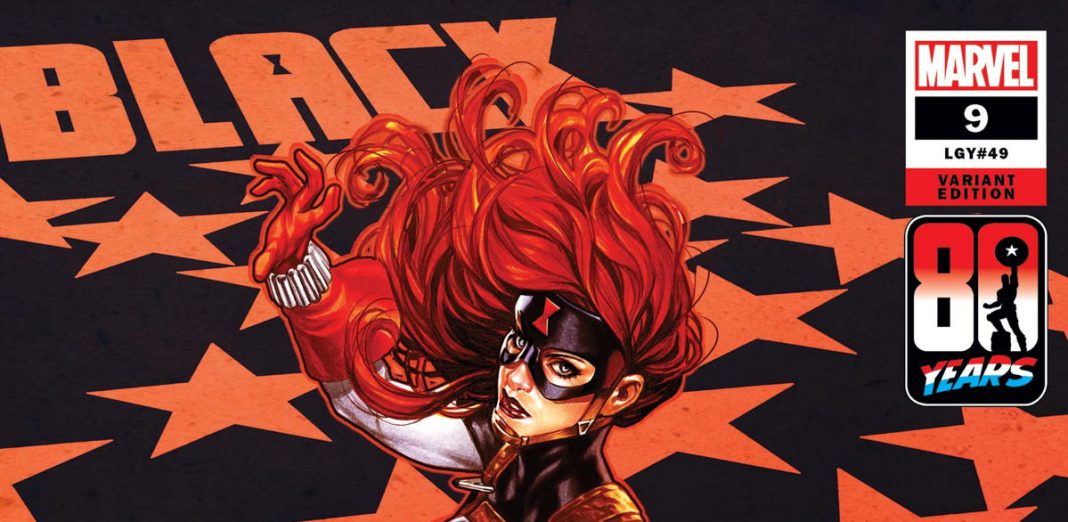
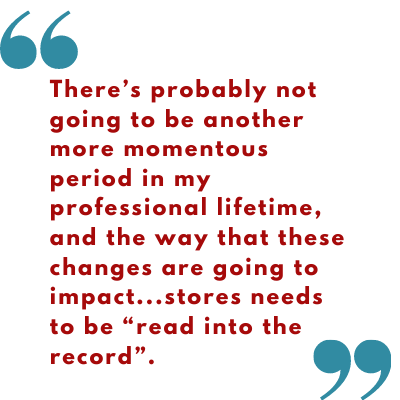
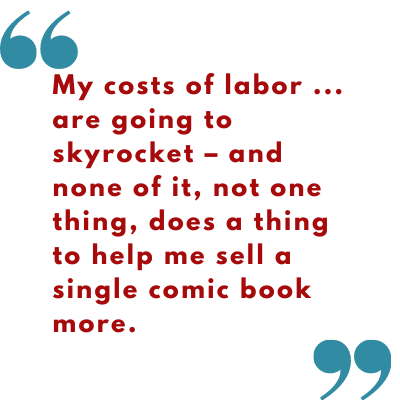

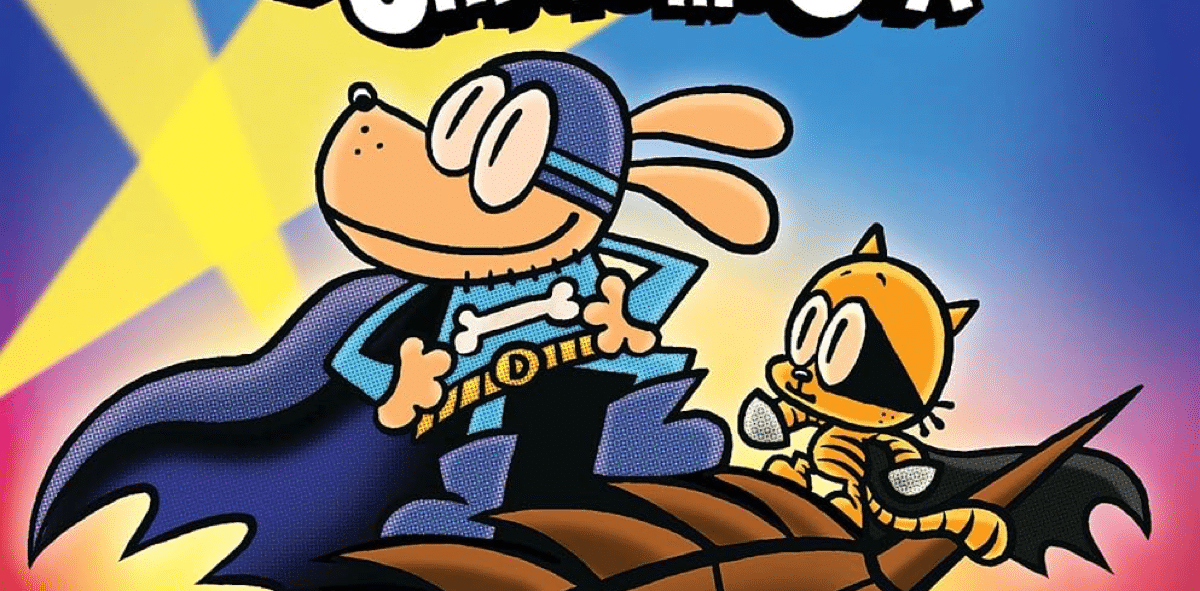
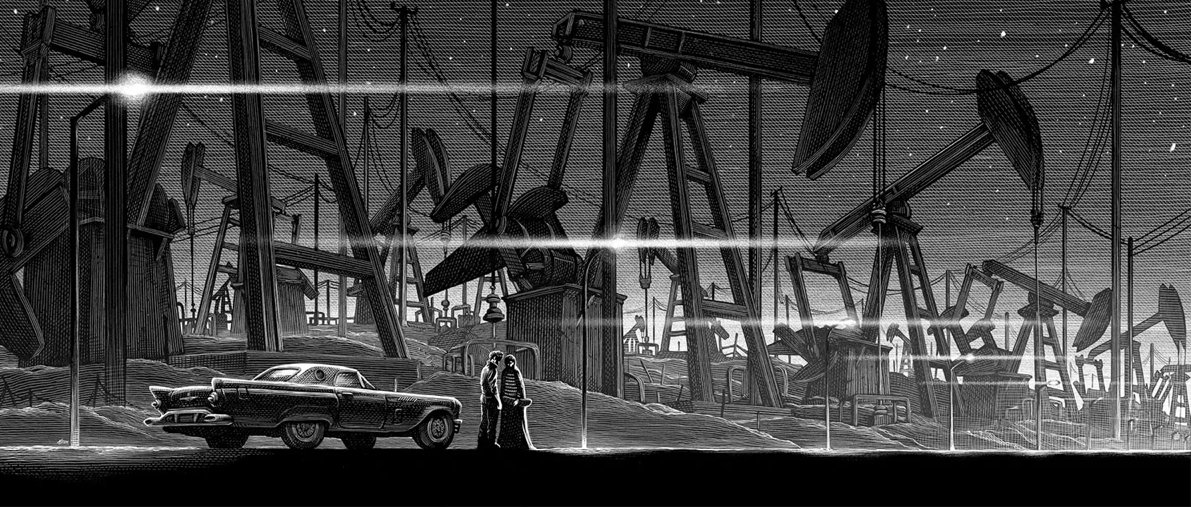




Just an addendum: Diamond restarted its charts in June, so we’ve had two months of data:
https://www.comichron.com/monthlycomicssales/2021/2021-06.html
Comment about Black Widow sales…we don’t know how many non-returnable copies are sold to libraries. WorldCat will list how many member libraries own a copy, so there is that metric…
Historical examples to contemplate:
The short story periodicals market has almost disappeared. Playboy, Saturday Evening Post, Asimov’s… plus many of these magazines also published panel cartoons. How did these creators adapt? Where is genre short fiction found today? (And in the bigger picture, with fewer outlets, how do freelance journalists and writers make a living?)
The current fracturing of Comics distribution…are there parallels with magazine distribution of the 2010s? Who is left, what are the margins, and how does this affect publishers?
How does Japan do it? My understanding is that serialization was presented in massive weekly anthologies, and the popular (how was this determined?) series got collected.
@Torsten Adair
Yes Japan does the huge weekly or monthly anthologies and then all series get released in trade not just the most popular ones.
Popularity in the anthologies is by reader voting on a per chapter basis where coming at the bottom to often leads to cancellation (at least for new comics) older ones that have good trade sales can collapse in the rankings and continue as long as the trades continue to sell well.
A lot of readers as they get older stop buying the anthologies and only continue to buy the trades of the series they have been reading for a long time.
I also think there is a fundamental societal mismatch between the island of Japan and the United States of America — our commuter culture is largely people driving in cars, whereas there is more being on trains. Feels pretty apples and orangey to me.
Similarly “short story periodicals” never had a NETWORK OF STORES dedicated to them. Magazine distro is mostly about random people buying random issues — again the opposite of the culture we’ve created in the DM.
-B
Correct re: webtoons on the user-generated/open-upload end; incorrect re Originals (which the Batman image featured is from).
FWIW, Heidi picks all of the art, I have no practical input!
-B
“I absolutely believe that if Pilkey and Telgemeier, et al were serialized in an efficient way, that the resulting comic would sell three to five times what the collected books do, though I can’t prove that notion.”
Since they already sell millions of copies, this means you believe they could sell many millions more if serialized efficiently? If those sales are through the Direct Market, each of the 3000 of those stores you mention would have to sell about 350 copies of a serialized “Guts” or “Dog Man” to add a single additional million in sales.
(And this leaves aside the more fundamental question of whether either of those creators wants to change how they structure and publish their stories.)
To quote Carl Sagan, “extraordinary claims require extraordinary evidence.” There’s no way to produce evidence here, of course, but I’m interested in your thoughts on where and how Scholastic and Random House could triple, much less quintuple, their revenue I’m interested…and I bet they would be too!
Funny what folks fixate on (I see you, Twitter!).
So, I think that a Pilkey/Telegemeier serialization wouldn’t be “just them” serializing in the “Raina magazine” — the efficient way to do it would be as an anthology with ALL Scholastic comics together. Think of it as a kids version of SHONEN JUMP (though not nearly as thick, obviously… or weekly).
I also don’t think the primary target for this would be the DM comic book stores (though I can see why my sloppy ass writing could lead one to that conclusion!) — it would be in Walmarts, Targets, and super especially through existing Scholastic Book Fairs, and direct subscription.
I think not only would this sell more Dav and Raina comics, but “a rising tide would lift all boats” and this would function as a discovery mechanism for the OTHER creator’s comics Scholastic sales as well.
This is not in any way a NEW idea — in fact, it’s pretty much THE OLDEST IDEA IN COMICS (Hi, FAMOUS FUNNIES!). But Scholastic actually already possesses the basic infrastructure to make this “trivial” to execute, and doing so would be relatively a low-expense affair to get off the ground.
-B
Thanks Brian,
Didn’t read the Twitter stuff, but I guess that means my “Huh? Why would you believe that?” reaction isn’t original!
Anyway, sure, an anthology might work. But that’s only if all the baked-in assumptions break right.
One big assumption is that Scholastic could find a price-point that works for them and their retailers. Right now the list price of a Raina or Dav Pilkey book ranges from $9.99 to $12.99. And we all know it’s easy to pay less than list price.
So I’d say your ceiling for the anthology is the ~$10 cost of a complete story. What, then, do you charge? It can’t be too much, since readers aren’t getting that complete story, and — nature of the beast — there’s always a story or two in each issue that any given reader wouldn’t pay a penny for. But it can’t be so little that these are loss-leaders…I don’t think Scholastic’s accountants will get excited about a hypothetical 3-5x boost in sales numbers (again, I don’t know how you arrived at those multipliers) if every new anthology issue loses them money, especially when they have a perfectly good way to make money publishing Raina and Dav P.
That’s just one question. Here are a few more: Every creator now has more, shorter, and less flexible deadlines. Can they handle that? (And do your marquee creators want to?) Can your editors? Beyond editorial, are you staffed for the increased overhead that comes with monthly printing and shipping logistics? Etc.
You know more about retail than me, so I’m sure you can come up with others from that end.
Anyway, it seems to me that suggesting anthologies will save the day and are a license to print money is almost as old as Famous Funnies. So I remain skeptical!
Jim
Thanks as ever for your analysis but you don’t really think Diamond will go out of business in 2022? Personally i use them for the genre (horror) items they carry, specifically the figures and losing Diamond would be horrible.
@jim Yeah, I fundamentally don’t believe it would be possible for Scholastic to publish an anthology that would have to be a loss leader — clearly the way to do it (again, Shonen Jump style) is B&W, and they’re going to be able to do the physical printing for 30 cents a unit or lower. And, again, they have a built in audience that’s going to want to buy “direct” or through school systems which don’t get cut in nearly as much as “regular retail” — I’d expect 300%+ return on the serialization as a result, and they’re not going to cut into book sales one iota. But ymmv.
@Luis: Maybe not “out of business” entirely, but with the loss of DC last year and Marvel this year, that’s eighty percent of their comics revenue going poof. IDW goes next year, and I thoroughly expect 3-5 more to follow shortly after. At what point is Diamond a cash-flow risk for, say, Image? At what point do masses of store not submit orders with Diamond at all because the volume is slow low as to not be “worth” it?
-B
@Brian: I don’t understand how people are interpreting the Substack set up. Maybe I’m wrong. So far everyone who’s announced a deal with them has said they will continue to do both work-for-hire and the creator-owned books they already have going. That includes James Tynion, who is giving up Batman but still publishing Something is Killing the Children, Dept of Truth, Nice House on the Lake, etc. in print. So the DM is missing out on books that were going to take them years to get around to, if ever, while they still continue to serialize other books in print. I don’t understand the problem.
This criticism also ignores the actual content of the books– for example, assuming they would even work in serialized format. At least a couple of these people have said they’re doing these books on Substack because either the content, the format or the publishing model they want to follow just wouldn’t fit the way the DM works. Assuming they understand their businesses as well you do, you’d then instead be writing columns about how these prima donna artistes keep writing books you can’t sell. (Like, Jonathan Hickman wrote about wanting to put out a book with no marketing, previews, or even an inkling of what’s inside. You up for that?)
Broad generalization I can’t more deeply parse in this forum: the money outside of Marvel and DC is not as good– or consistent– as you seem to think it is.
“Broad generalization I can’t more deeply parse in this forum: the money outside of Marvel and DC is not as good– or consistent– as you seem to think it is.”
So MY broad generalization is that the money outside of DC or Marvel is MUCH MUCH MUCH better than you think it is… for an A-lister like Tynion at least. I don’t have the bandwidth to track down specific references, but I am fairly certain that Tynion said he was getting MORE from a SiKTC than he was from BATMAN…. and I think I can be confident in saying that he’s getting many multiples of money for the (reported) 450k copies of HOUSE OF SLAUGHTER #1 than he’d ever get from BATMAN’s ~100k.
(Now, is that sustainable for #2, or will it not tank the actual commercial readership for the HoS because something above thirty accounts are buying more than 5k copies of HoS #1 that it is EXTREMELY UNLIKELY will sell through? I mean, I think we have some serious SERIOUS “1600s Dutch Tulips” action going on here… but that’s not the specific question you’re trying to present, afaict)
But I feel super confident in saying that that same level of people-trying-to-cash-in just isn’t going to happen when the DM is the second bite at the apple.
[Let me be SUPER clear: I THINK THIS IS A SHITTY SHORT TERM BUSINESS MODEL, but you seem to be pretending that these things don’t exist at the base level?]
The frontlist DRIVES the backlist, that also seems completely obvious to me, so selling 450k copies of the serialization of HoS #1 is super likely to spur “45k copies” of the TP of HoS #1-5 as the natural by-blow.
“Assuming they understand their businesses as well you do, you’d then instead be writing columns about how these prima donna artistes keep writing books you can’t sell.”
I just hate these kind of shitty false equivalencies? Can you point to ANY time, EVER, that I have EVER said (EVER!) that ANYone, EVER, making comics, was a “prima donna”?
Pretty fucking certain that that answer is “no”.
Sure, ABSO-FUICKING-LUTELY…… if it is returnable, or is given to us free at x times [something else]
But if it is “well, but retailers have to pay for it, and I have no skin in the game” then of course not. But I don’t think that what Hickman was intending with this comment [that I have never directly read]?
I don’t see creators as a barrier or a problem to working with retailers who want to move the needle forward, and I think it’s kind of crappy that you want to insinuate that this is my perspective?
My sole goal is to sell MORE comics. Everything I know in word and deed and experience is that working WITH and IN SUPPORT OF the retail market is the key to doing that. You, person that I can not identify, and doesn’t seem to actually understand how the market functions (OR WOULD BE DESIRED TO FUNCTION), and also doesn’t appear to be IN the market, doesn’t appear to be interested in selling MORE comics (or understand how it can be done?)
-B
It is indeed funny what folks fixate on. I asked the question because I wanted to know the answer, thus “I don’t understand the problem.” Not because I’m trying to tell you how to do your job.
Hickman wrote about that in his first substack newsletter; he didn’t go very deep into how he would have planned it, so I can’t say. Tynion and Snyder wrote similar, less experimental-sounding comments. Maybe there would be ways to make their ideas work. My point is, they do’t appear to want the DM to die (like whoever you’re talking about in this column) but they seemed to think it was better to try these things elsewhere.
I wasn’t insinuating anything about you or your feelings toward people. You’ve written repeatedly about publishers doing things that ultimately make your job difficult. “I want to put out a book that breaks all the rules of the entire market” seemed to fall in that camp.
@Brian: “[C]learly the way to do it (again, Shonen Jump style) is B&W, and they’re going to be able to do the physical printing for 30 cents a unit or lower.”
Now it’s a B&W book, cheaply printed? Does this audience want that? I gotta say, 30 cents seems mighty optimistic for printing cost, but assuming that’s true, since print costs are a relatively small fraction of the cost of getting a book into a reader’s hands, are creators okay with a smaller royalty in exchange for the aforementioned more difficult deadlines?
For that last one, I’m assuming(!) Raina and Dav P. get a better % than most for serialized sales…they’ve earned it!…but still, these sales pay less than book sales in every contract I’ve ever seen, so why risk that higher royalty on two more assumptions: that there’s no negative effect on book sales, and your hypothetical 300%+ return happens.
As you say, YMMV, but all these assumptions we’ve discussed are untested at best, and the history of anthologies here in the U.S. makes me think that at least a few are not just untested, but unfounded.
Cheers,
Jim
After one initial order and 2 weeks of the PRH FOC process, we switched back to Diamond for our Marvel products. The inability to make order reductions while our Diamond discount gets slashed is not economically feasible. Will revisit in a couple months to see if PRH figures out the basics – but they are simply not ready. Lunar, on the other hand, has been stellar from the start despite my initial concerns.
Substack is less of a concern for me. It’s primarily a pyramid scheme. Until its inevitable collapse, a temporary reduction in the sheer number of books will be helpful budget-wise and open up the market to some new talent.
Comments are closed.